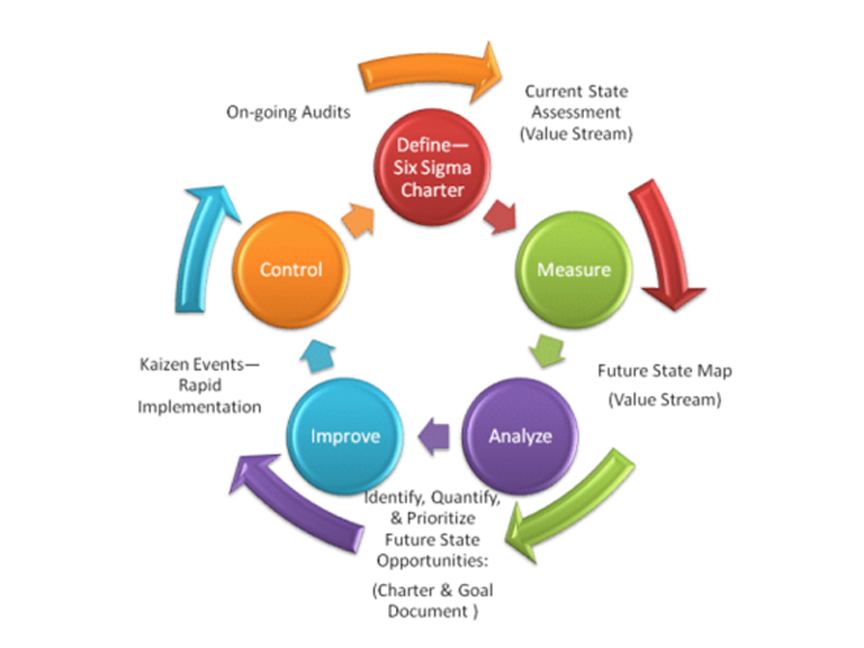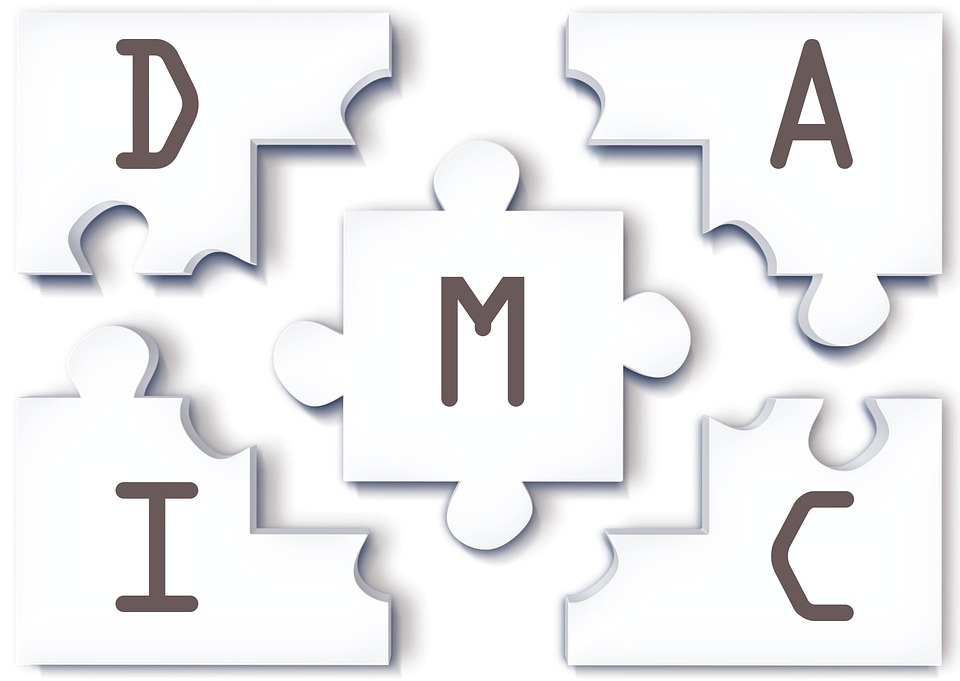No one likes waste and no one like to lose especially in the production world where time is money for both supplier and customer; therefore, time study and eliminating waste is the first priority for any manufacturing facility. Waste in any business takes different shapes and forms. Handling and disposing of solid waste subtract from the bottom line. This is where the Lean process improvement takes place. So, what is Lean Process? Lean means creating more value for customers with fewer resources, by focusing on continuously increasing this value. But does this mean cutting budget and elimination resources? The answer is No; the challenge is to make them more efficient, and it is an ongoing effort. Generally speaking, you can start by wasted time reduces efficiency and boosts labor costs. Analyzing how other companies address continuous improvement and waste reduction gives you access to information that applies to your business, helping you stay lean and profitable.
Lean process improvement emphasizes not only the prevention of waste but the elimination of existing waste. Rather than adding processes, or trying to manage existing processes, you have to first reduce waste, ensuring that the processes involved with bringing a product to market remain cost-effective from beginning to end. That means targeting time, labor and materials that are not being used effectively or are wasted.
“To be competitive, we have to look for every opportunity to improve efficiencies and productivity while increasing quality. Lean manufacturing principles have improved every aspect of our processes.”
Cynthia Fanning
How we do this?
The avoidance of waste has a long history within the manufacturing industry. In fact, many of the concepts now seen as key to lean have been discovered and rediscovered over the years by others in their search to reduce waste. Lean manufacturing, as management philosophy, came mostly from the Toyota Production System (TPS). The term “lean” was first introduced in the article “Triumph of the Lean Production System” written by John Krafcik in 1988. The article was based on his master’s thesis at the MIT Sloan School of Management. To solve a problem, you need first to acknowledge that you have a problem then exposing these problems systematically and makes it easier to use the right tools where the ideal cannot be achieved.
Value Stream Mapping (VSM)
Value stream mapping is a method of lean management which refers to developing a visual bigger picture of the flow of processes, from start to finish, involved in delivering a desired outcome, service, or product, which could include multiple processes. We can call it strategic views of a service by identifying improvement priorities. Value stream mapping is a flexible tool that lets us put all of the information in one place in a manner that is not possible with process mapping or other tools.
This method can be used also in:
- Logistics
- Supply Chain
- Service Related Industries
- Healthcare
- Software Development
- Product Development
- Administrative or Office Processes
Kaizen Events
Kaizen is a combination of two Japanese words that mean “to take apart” and “to make good.” Kaizen refers to the belief that small, incremental changes routinely applied and sustained over a long period of time result in significant performance improvements. Kaizen focuses on eliminating waste in a targeted system or process of an organization, improving productivity, and achieving sustained improvement.
Process Mapping
A process map is a good tool where you can create a visual image or depiction of the specific process you would like to improve. is used to visually demonstrate all the steps and decisions in a particular process. A process map or flowchart describes the flow of materials and information, displays the tasks associated with a process, shows the decisions that need to be made along the chain and shows the essential relationships between the process steps. Creating a process map helps organize processes and makes information visible to everyone. By creating a process map or flowchart, you are producing a visual example of the process to better understand it and see areas for improvement.
5S
5S is a simple methodology for creating a clean, safe, orderly high-performance work environment. The concept is that an orderly environment promotes efficiency. It’s a time saver to help increase performance efficiency and productivity. 5S includes the following steps:
- Sort
- Set in Order
- Shine
- Standardize
- Sustain
What is Six Sigma?
Six Sigma is a mathematical term that measures a process deviation from perfection that uses information and statistical analysis to measure and improve an organization’s performance. It is a measurement-based approach that focuses on process improvement and variation reduction through the application of Six Sigma improvement projects.

Lean Process Flow
There are five basic steps in assessing lean operations:
- Identify the activities that create value
- Determine the sequence of activities (also called the value stream)
- Eliminate activities that do not add value
- Allow the customer to “pull” products/services
- Improve the process (start over)
Six Sigma methods were first developed by Motorola and Allied Signal and were refined and popularized by General Electric in the mid-1990s.
In summary The Goals of Lean Business Processes
- Improve Quality
- Eliminate Waste
- Reduce Lead Time
- Reduce Total Cost
And we do that by studying the Key Areas of Waste
- Inventory
- Overproduction
- Over-processing
- Transportation
- Downtime
In conclusion: Lean reduces the cost of any product or service by eliminating waste in the development, production and distribution of these products or services; however, there is more to do after creating lean business processes, you’ll have to audit and reorganize them at all the time to make it more effective and help you achieve your goals. Lean can be applied in many different aspects not only for business, you can apply it to your daily activates and your life as an individual or as a team.
- COVID-19 vaccine - May 27, 2021
- A Promised Land My Notes (1) - December 2, 2020
- Why “A promised Land” Obama’s Book - November 24, 2020
- What do you consider freedom? - October 31, 2020
- The Population is it a Problem or a Gift! - October 5, 2020
- Why do some people fail to improve in something they are really good at initially after a certain point? - September 28, 2020
- What is the way to explore and experience life? - September 28, 2020
- Root Cause Analysis (RCA) - June 26, 2020
- Checklist - May 27, 2020
- Did history talk about Covid-19! - March 28, 2020

